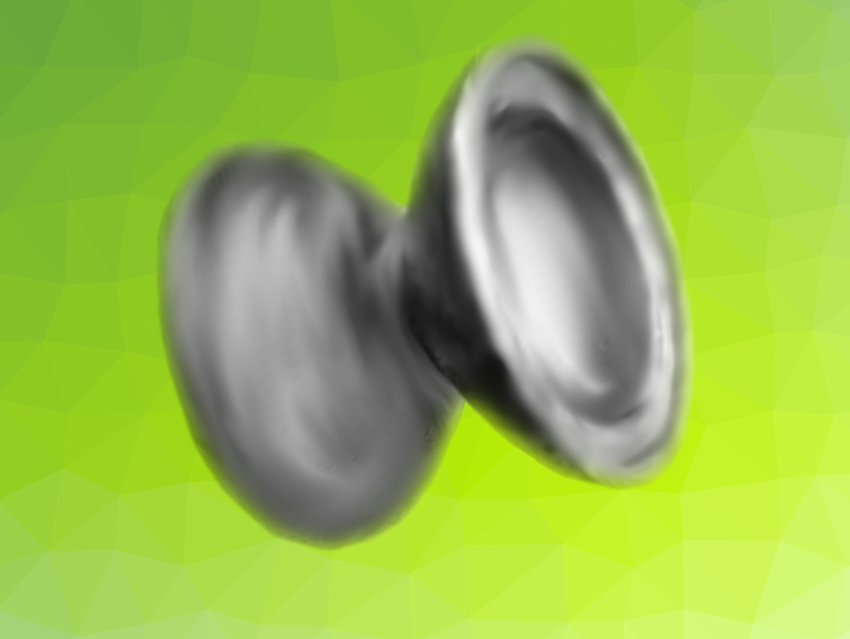Michal Lahav, Milko E. van der Boom, Weizmann Institute of Science, Rehovot, Israel, and colleagues have grown organometallic crystals with a very unusual twinned morphology. Although they are composed of a single crystal, they have the shape of a yo-yo, or two flowers attached to each other with their faces pointing in opposite directions. The enantiopure crystals were grown without using a template and are the first example of a new helical porous material class, which could be used to unravel asymmetric crystallization processes.
Expected Shapes
Single crystals generally have straight morphologies. They have edges and facets and grow in cubes, prisms, or polyhedral forms, depending on the unit cell, the space group, the growth kinetics, and a multitude of other parameters. Although scientists can force crystals to grow in a desired morphology by using templates, single crystals do not commonly form curved morphologies or show distinguished domains. This is not much different with chiral crystals, except that the final structure shows handedness.
That is why the researchers double-checked the identity of the crystalline units they obtained from mixing a copper salt and an achiral organic ligand. The ligand was an adamantane derivative with four pyridinyl residues pointing symmetrically in all directions, which crystallized as thin rods tenths of micrometers in length. However, when the ligand was brought in contact with the copper salt solution, the team observed the appearance of micron-sized cylindrical crystal seeds, which consisted of a copper pyridinyl complex.
When the solution was left to age for two days, the cylinders changed in appearance and developed a central constriction, from which conical disks evolved at both sides like flower buds emerging from a stem. These flower-like disks were composed of a set of petal-like domains, which originated from the cylindrical stem. Scanning electron microscopy (SEM) analysis showed the petals in both disks were growing in spirals and in opposite directions, similar to taking a piece of bread dough with both hands and twisting it to obtain opposite helicality at both ends.
Unexpected Shape
Despite the multidomain character and the double conical form, every yo-yo entity is a single crystal. The team concluded this from its surprisingly clear and distinguished X-ray diffraction pattern. Moreover, they found that each crystal is enantiopure, while forming a racemic mixture in the bulk.
The chirality originates from the yo-yo crystal’s microstructure. The X-ray pattern revealed that the pyridinyl residues in the complex arrange themselves around the central copper atom in a propeller-like fashion, which imposes chirality. During crystallization, these microscopic units grow as helical channels to form a complex continuous hierarchical network. Another surprise was the crystals’ space group. According to the team, the assigned P622 symmetry is shared by only seven other structures recorded in the Cambridge Structural Database, which lists a million different structures.
Natural and Synthetic Variations
Despite the myriad of crystallized chemical compounds and natural products around, scientists still find it impossible to predict the exact crystal morphology that will evolve from a specific molecular structure. Nature has shown how hierarchical asymmetric crystallization works in generating spiral crystalline seashells for a billion years.
Referring to the yo-yo crystals, the researchers propose that more metal–organic complexes composed of achiral elements could be used to model chiral growth and help explain biomineralization.
- Emergence of chirality and structural complexity in single crystals at the molecular and morphological levels,
Maria Chiara di Gregorio, Linda J. W. Shimon, Vlad Brumfeld, Lothar Houben, Michal Lahav, Milko E. van der Boom,
Nat. Commun. 2020.
https://doi.org/10.1038/s41467-019-13925-5



